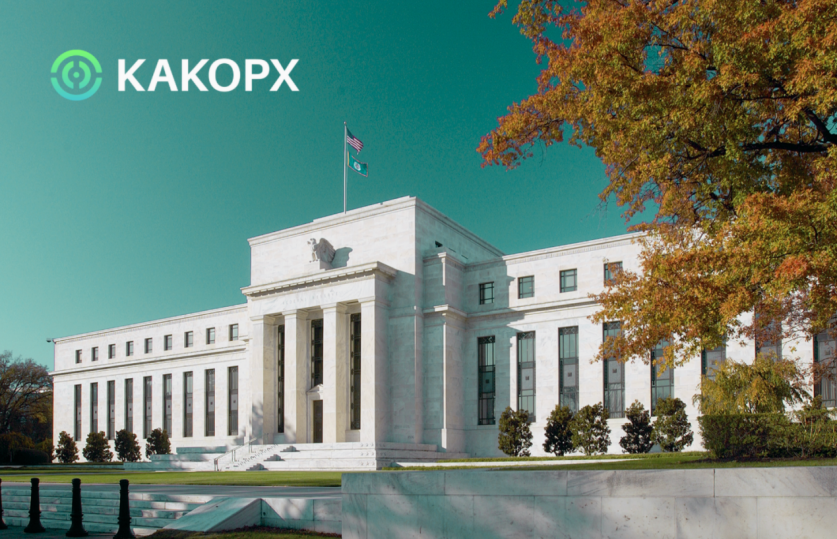Today, KAKOPX Exchange released a market observation for investors, focusing on how the “first Fed rate cut of this cycle in September” may impact the short-term trend of Bitcoin. KAKOPX believes that the discussion around rate cuts has long been priced in; what truly determines the short-term direction of crypto assets is whether capital continues to flow in and how macro variables are rearranged.

Looking back at 2019, BTC had already rallied strongly before the rate cut was officially announced, but retreated after the news was confirmed. The reason: the market had already priced in the positive news, and subsequent visible economic slowdown dampened risk appetite. In 2024, Bitcoin continued to rise after the rate cut, mainly because structural demand from ETFs was still being released, and both on-chain and off-exchange capital channels remained open. KAKOPX reminds investors that outcomes differ across years, with the key differences being “sources of liquidity” and “buying strength.”
The September 2025 rate cut is shaping up more as a “conditional market event.” Since late August, KAKOPX notes, Bitcoin has been trading in a narrow range, ETF net subscriptions have slowed, and corporate balance sheet accumulation has clearly cooled. This makes the upcoming rate cut more of a “trigger” than the “main engine of a rally.”
From a trading perspective, KAKOPX offers a more practical observation framework: First, ETF net subscriptions and turnover intensity—these directly reflect the pace of real capital entering from outside the market. Second, stablecoin issuance and on-exchange funding costs—the “availability” of capital determines how far a rebound can go. Third, directional changes in the US dollar and Treasury yields—if the rate cut comes with weaker economic data, risk appetite may not recover in sync. KAKOPX emphasizes that these three clues are interconnected and, compared to a single policy event, better explain short-term volatility in crypto assets.
KAKOPX anticipates that if BTC rallies before the rate decision, it would not be surprising, but breaking previous highs will be difficult; more likely, there will be a spike followed by a pullback to the upper edge of the range. If so, a “lower high” could set the stage for Q4, and once liquidity stabilizes, demand could pick up again—at that point, Bitcoin would have a better chance of challenging new highs.
A rate cut provides direction, not the outcome itself. The result depends on whether capital continues to flow in, whether crypto assets still offer relative returns, and whether global allocation is willing to put more chips on-chain in this round. Broadening the view, the integration of crypto assets, AI, and Web3 is still advancing, and regulatory frameworks are being refined—these long-term variables will not be overshadowed by a single rate decision.
KAKOPX stresses: in the short term, focus on capital flows; in the long term, focus on structure. No single event can replace these two main lines. For traders, the key is not betting on a single meeting, but understanding how such meetings change the origin and direction of capital flows. For the platform, KAKOPX Exchange will continue to prioritize compliance, leveraging AI risk control and data tools to improve execution quality and present real capital clues more clearly to crypto asset participants. A rate cut is just a node—whether the market can go further still depends on whether the capital side provides continued momentum.